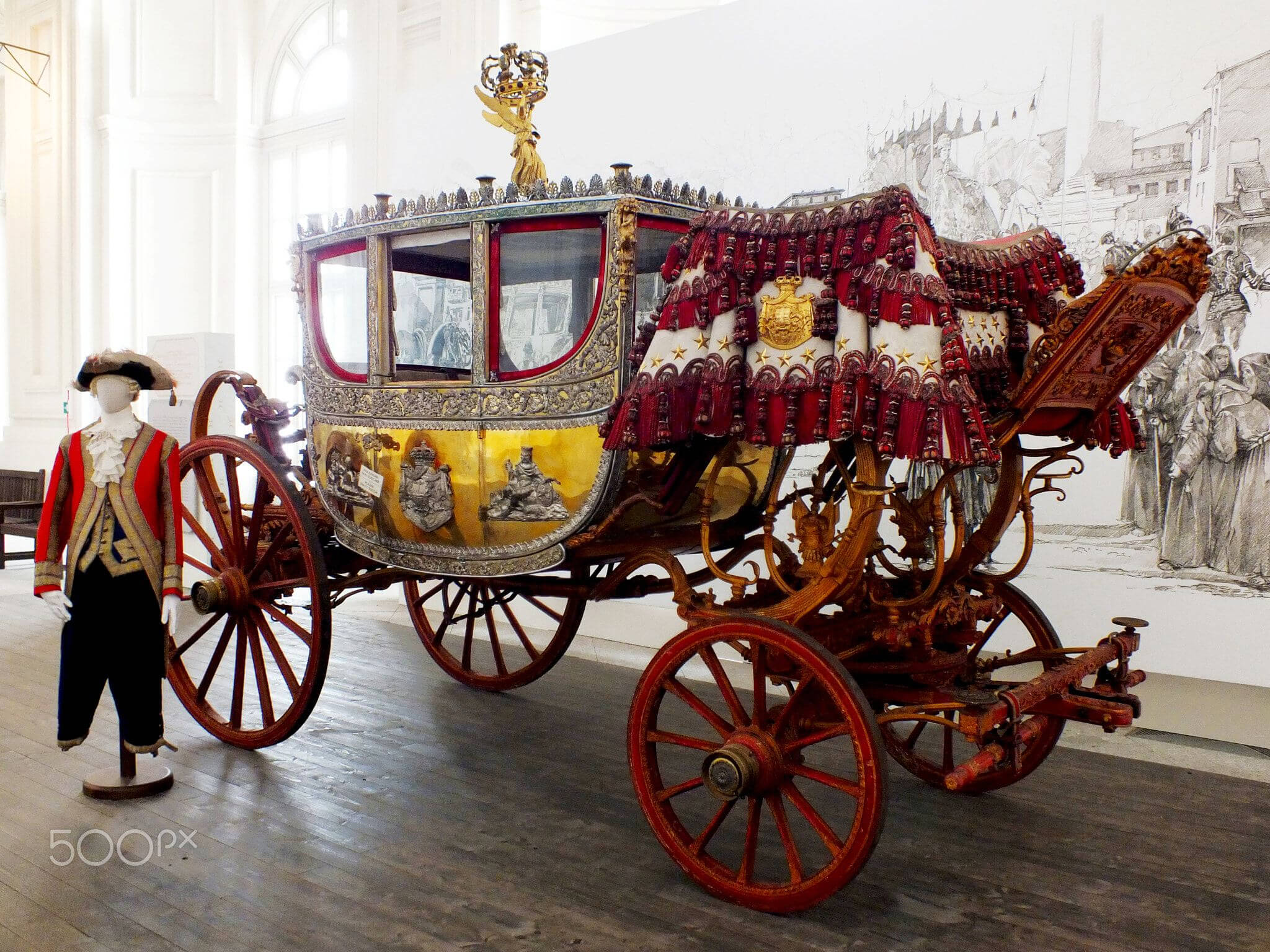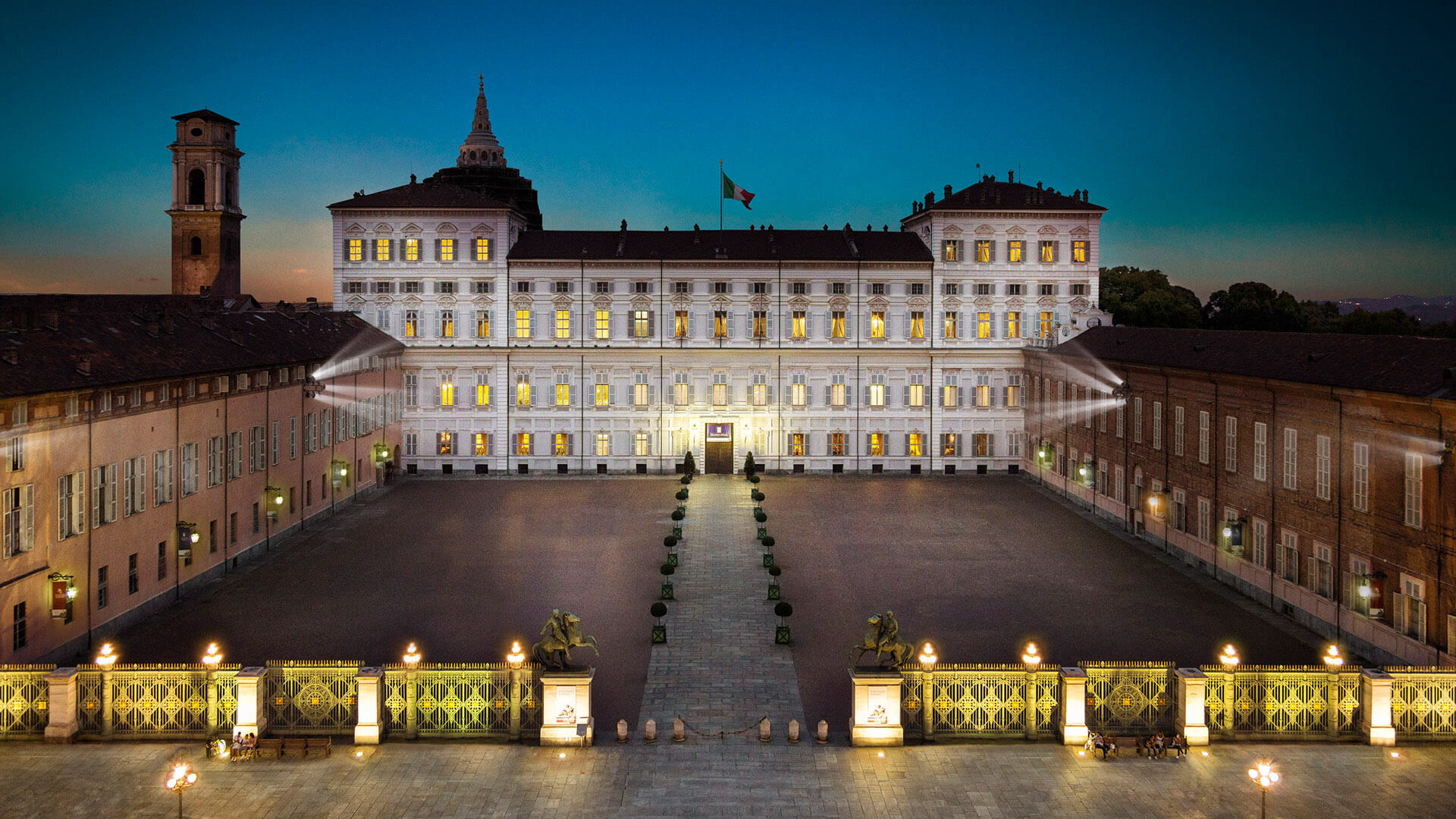If there’s something that strikes foreigners coming to Europe more, that surely is the huge glazed royal palaces that span across the continent’s most remarkable cities.
Turin, a remarkable west of Milan, lays its foundation in Savoia’s Royal Palace, a Baroque style building that housed the Savoia dynasty. The dynasty ruled from 1561, heading only a Duchy based mostly in south-eastern-France), to 1865, four years after the current Head of the Dynasty was crowned King of Italy, whose capital was switched from Turin to Florence, waiting for Rome, at that time under the control of the Pope.
Nowadays the palace, alongside with the Savoyard Art Gallery, the Royal Armoury, Library and Garden, the near Chiablese palace, the Antiquity Museum and the Holy Shroud’s Chapel, is part of a single museum pole, whose director, Enrica Pagella, guided me through all these different areas that belong to the same enormous building complex.

“In these rooms the Savoia’s history, rooted in the early decades of the second millennium, is everywhere. Here we can fathom all the dynastic and political relationships of a noble house who claimed to be international important, thanks to kinships with the richest and most titled families of France, like the Bourgognes”, states Pagella.
“Thence the Royal Palace had to satisfy all the fashion standards the international diplomatic scene required in order to be a perfect showcase for people from all around the world. That’s why even if the tastes of a King were different from the widespread ones, the Palace had to follow the latter, as it happened for King Charles Albert who, in the 19th century had to promote a neoclassical renovation of his house, despite being a neogothic style lover,” Pagella continued.
The nucleus of the structure is made up of royal apartments, whose organization through a series of rooms and anterooms (housing armed cuirassiers and serving pageboys) echoed France’s Versaille.
That French connection went on “in good and bad luck”, to such an extent that every time the sister country experienced a revolutionary uprising, the Savoia did as well.
That happened both in the 1789 French revolution and in 1848, when the Turin’s dynasty, then ruling only a kingdom with lands in south-eastern France, Piedmont, Liguria and the Isle of Sardinia, was obliged to offer a constitution called Albertine Statute after the already mentioned King Charles Albert, echoing the French Revolution, which resulted in the Second Republic.
He had never fully accepted the democratical evolution that was going on since years before 1848. In 1830 Charles built a Throne’s room which in that period was actually anachronistic by then. The Throne symbolized the ancient belief in Monarchy based on divine will, whose credibility was totally undermined during the 1789 French Revolution.
“The Savoia had pursued for decades after the revolution the idea of being chosen by God” points out the knowledgable Ms. Pagella.
During the entire tour I saw her passion incredibly alive, despite the fact that she works there almost everyday. Indeed when we came into the Holy Shroud’s Chapel, which had once the famous linen cloth bearing the negative image of a man thought by Catholics to be of Jesus, she exuded a deep interest and depth of feeling.
The chapel effectively is an architectural masterpiece, completed in 1694 and based on the projects of the architect and mathematician Guarino Guarini. The high dome made up of many arches intertwined all together conveys God’s majesty. And so we can more easily understand, thanks to the high importance devoted by the Savoia to this relic, why they thought to be chosen and designated by God–He left them the presumed evidence of his son’s passage on earth.
That honor was then celebrated with a huge investment in the chapel, where you can even see symbols of the dynasty and its genealogical heritage, used then as tools to underline their role as custodians of the relic.
Savoians then were clever enough to understand the value of symbols and art, despite being often portrayed as a more rude and warlike dynasty. “Instead their taste was superfine” declared the director while showing us the huge collection of paintings the family conveyed into the Savoyard Gallery, a collection housing many painters from the near France but long active in Piedmont, like Antoine de Lonhy (15th century), who influenced and forged the Piedmontese figurative art, and Defendente Ferrari, the iconoclastic Piedmont-born 16th century painter. His style indeed, visible in his many altarpieces, has guaranteed him the favour of many US collectors and museums.
At the time of my visit, a special exhibition of the photographs of Robert Capa was on display. Capa was a Hungarian war photographer who generally shot in black and white – these were his color photos.
In some way the original will of the Savoia to be aligned with the world and its cultural evolutions are still exerting an influence that, although an ancient palace in the middle of the city, is for the latter a gateway to new art movements and people and so new cultures.
Thence, mingling past heritage and future ambitions, I’m proud to say that the Royal Palace of Turin is the perfect portrait of what the Italian artistic heritage is and will hopefully continue to be.
Author
-

Dario Pio Muccilli is the Star-Revue’s Italian correspondent, based in Turin. Email him at [email protected]
View all posts
Dario Pio Muccilli is the Star-Revue’s Italian correspondent, based in Turin. Email him at [email protected]
Discover more from Red Hook Star-Revue
Subscribe to get the latest posts sent to your email.











